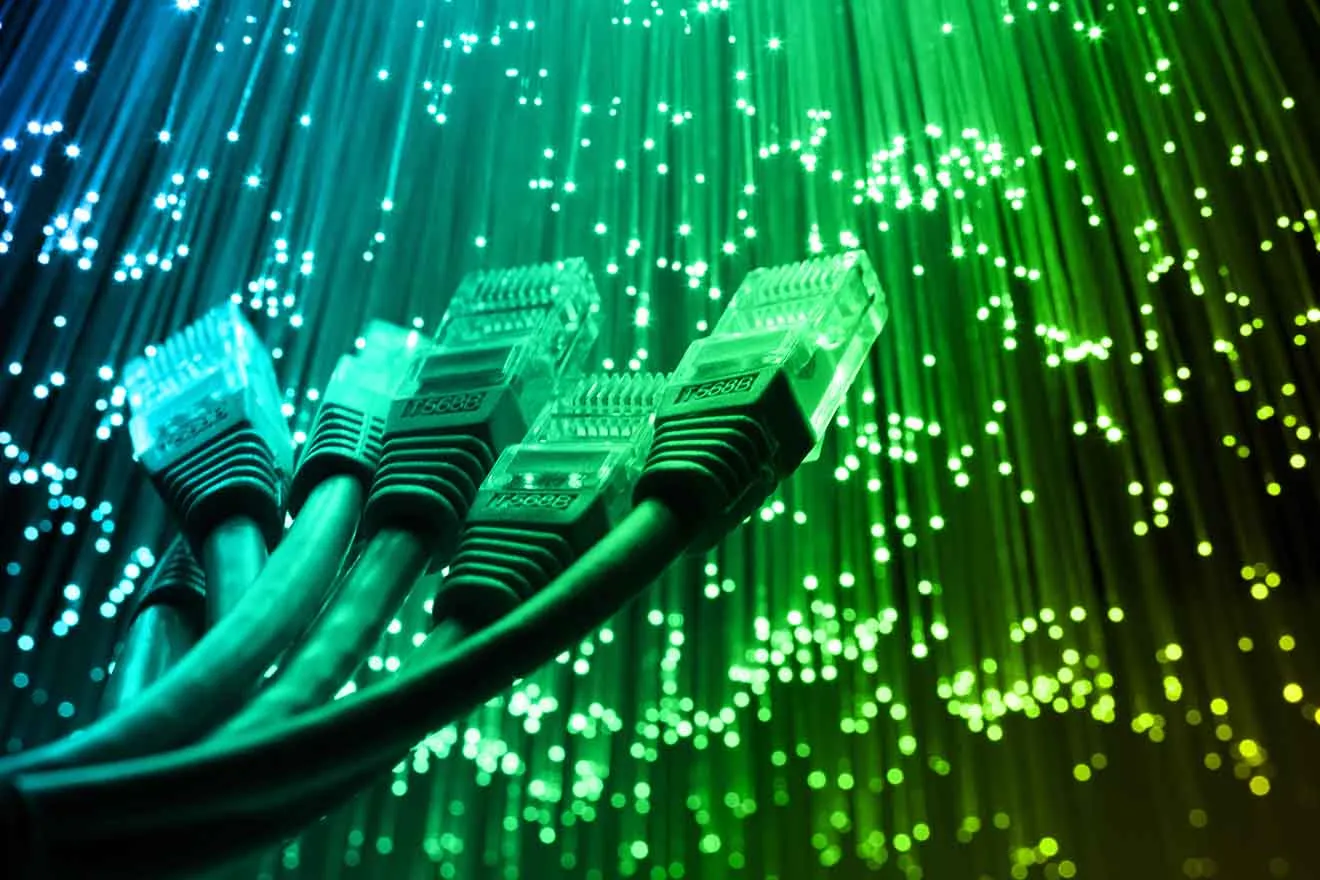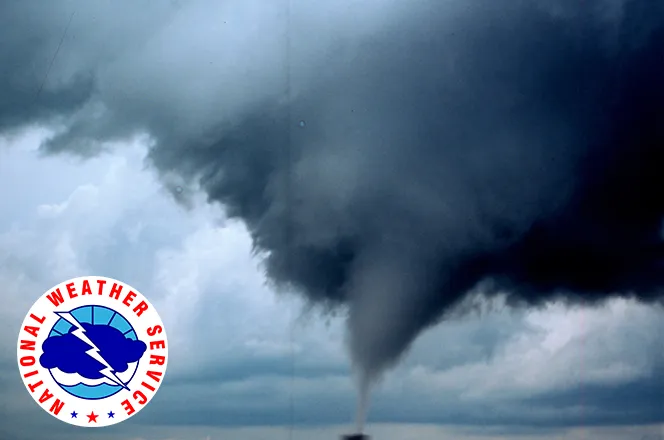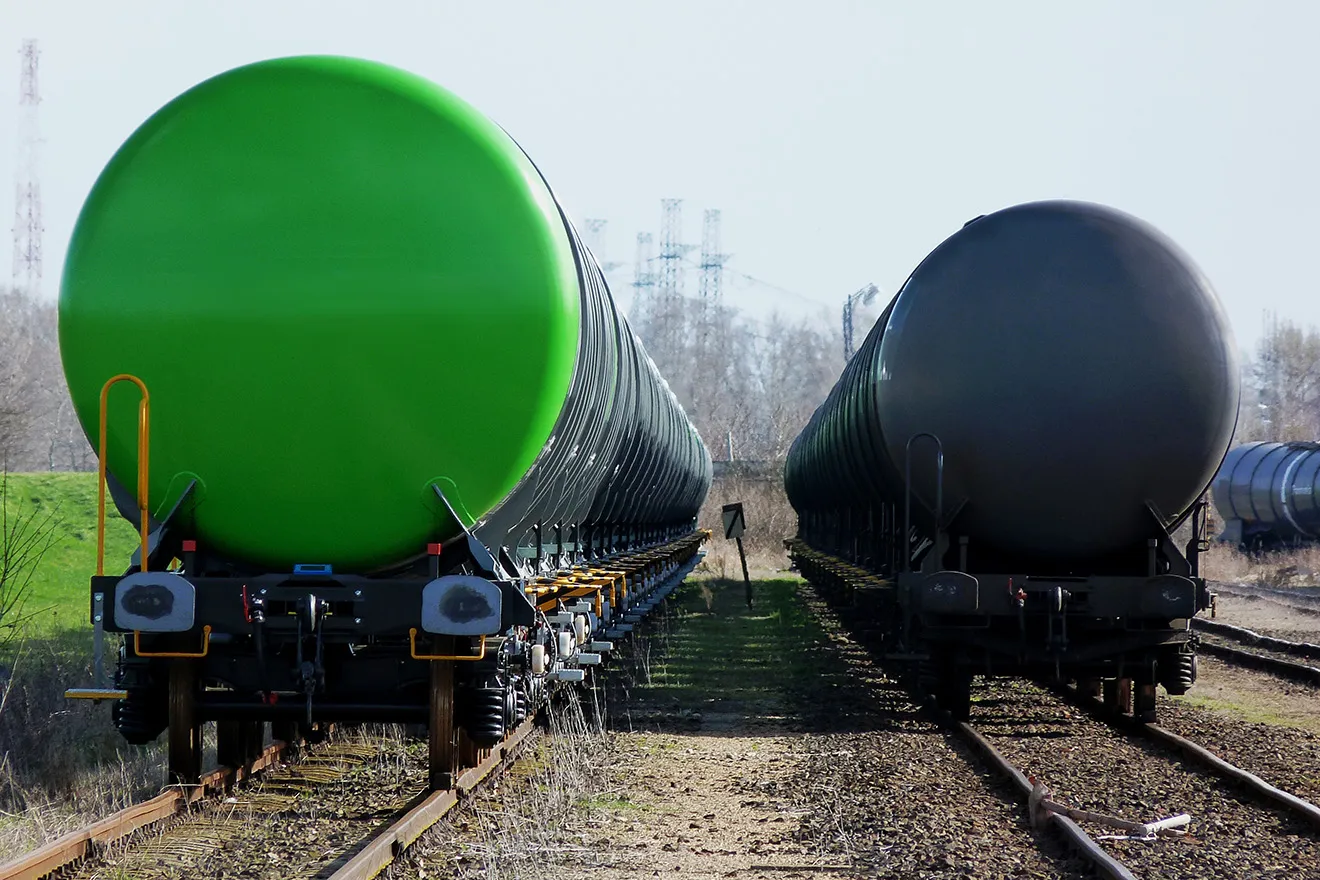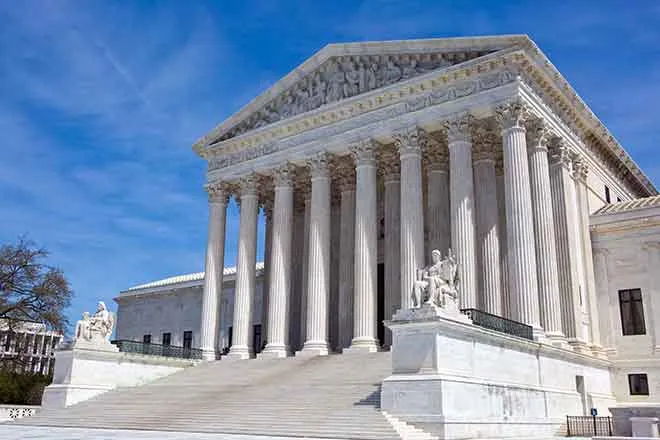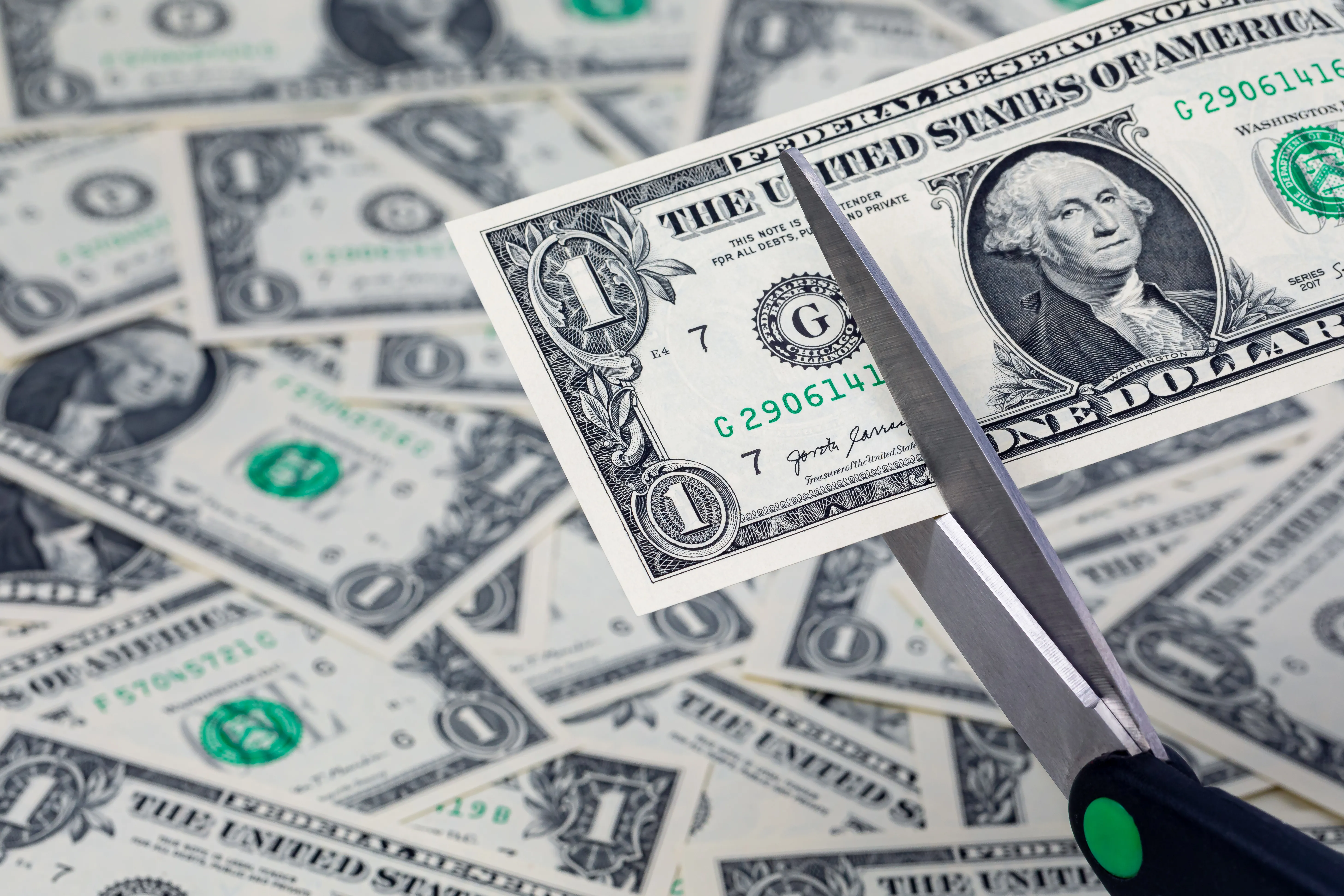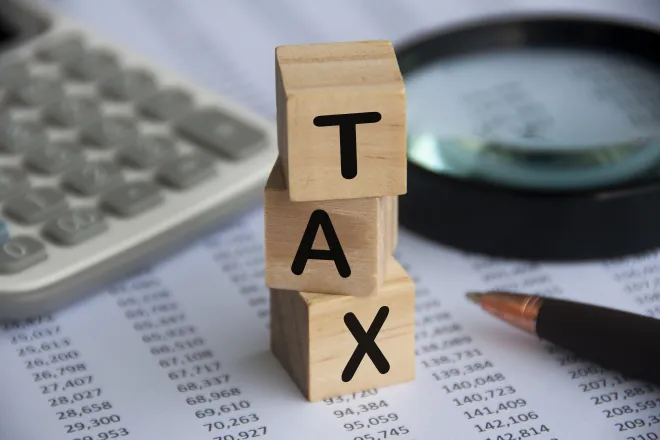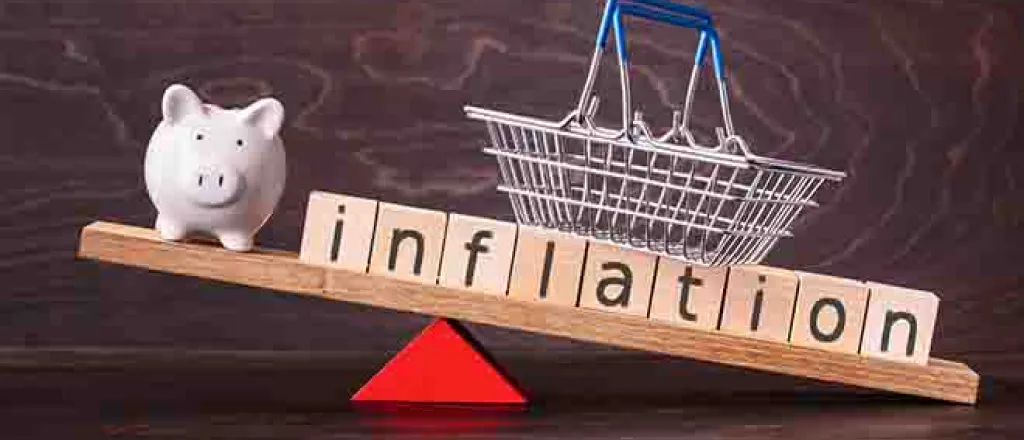
Another inflation marker shows spike in inflation
(The Center Square) – Newly released federal data shows yet another sign of elevated inflation.
The U.S. Bureau of Economic Analysis on Friday released data on its Personal Consumption Expenditure, a key marker of inflation, which showed a 1 percent increase in prices for the month of June, continuing a steady stream of similar data showing soaring inflation.
"From the preceding month, the PCE price index for June increased 1.0 percent..." BEA said. "Prices for goods increased 1.5 percent and prices for services increased 0.6 percent. Food prices increased 1.0 percent and energy prices increased 7.5 percent. Excluding food and energy, the PCE price index increased 0.6 percent."
That increase is part of a major rise since the same time last year.
"From the same month one year ago, the PCE price index for June increased 6.8 percent..." BEA said. "Prices for goods increased 10.4 percent and prices for services increased 4.9 percent. Food prices increased 11.2 percent and energy prices increased 43.5 percent. Excluding food and energy, the PCE price index increased 4.8 percent from one year ago."
In response to ongoing inflation, the U.S. Federal Reserve announced this week another 0.75 percent rate hike to combat inflation, a more aggressive effort to rein in prices, which have soared in the past year.
"In addition, the Committee will continue reducing its holdings of Treasury securities and agency debt and agency mortgage-backed securities, as described in the Plans for Reducing the Size of the Federal Reserve's Balance Sheet that were issued in May," the Federal Reserve said in its announcement, as The Center Square previously reported. "The Committee is strongly committed to returning inflation to its 2 percent objective.”
The data comes on the heels of other troubling economic indicators, including other recent inflation data showing a 9.1 percent increase in consumer prices as well as elevated gas prices.
On top of that, the BEA reported that the national Gross Domestic Product declined 0.9 percent in the second quarter of this year. That figure, following a 1.6 percent decline in the first quarter of 2022, led many economists to declare the U.S. had entered a recession.
"The decrease in real GDP reflected decreases in private inventory investment, residential fixed investment, federal government spending, state and local government spending, and nonresidential fixed investment that were partly offset by increases in exports and personal consumption expenditures..." the BEA said.

